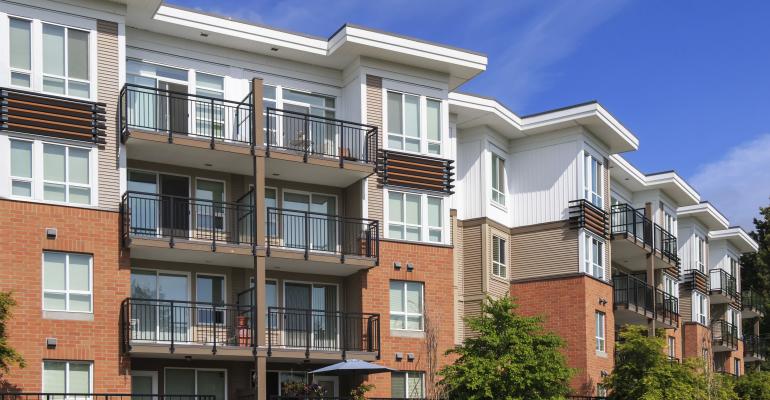
Matthew McGovern
GRS | Corteq
(646)760-0851
mmcgovern@fv2.d32.myftpupload.com
Once thought of as the darling of commercial real estate, there has been some ongoing concern about the multifamily sector, much of it has to do with all of the supply that has come on the market over the last several months.
Reis calls 2017 “record supply growth” for apartments, with 220,000 new units coming online. On top of that, some projects were delayed, so, in theory, 2018 could turn into a bigger development year.
During most times, this news would be met with welcome arms by the commercial real estate industry, but fundamentals don’t seem to be keeping up with the growth.
Reis tallies vacancy rates at 4.5 percent through the end of 2017, up 30 basis points from the same year-ago period. It said that 69 of the 82 markets it covers saw vacancies either stay flat or increase. Rent growth rose by 4.2 percent during the year, the same as in 2016, but Reis also points out that in 20 of its markets, they were down during the fourth quarter.
For its part, Tex-X Commercial sees vacancy rates increasing this year, and notes that they could hit six percent in 2020, and then decreasing again in 2021 when demand will start filling up newly built product. The firm sees rents increasing three percent, a dip for its calculation of a 3.3 percent jump in 2017. Ten-X contends they will continue to post lower increases until about 2021.
As far as individual markets go, Ten-X sees the strongest investor-buying interest in Fort Worth, Texas; Jacksonville, Fla.; Raleigh, N.C.; Riverside-San Bernardino, Calif.; and Sacramento, Calif. Major metros where owners are looking to sell are Miami; New York City; Oakland, Calif.; San Francisco; and San Jose.
“All good things come to an end, and this truism is now to become manifest in the multifamily sector where the long-anticipated turning of the cycle is underway,” said Ten-X Chief Economist Peter Muoio.
But there are some bright sides.
The Rental Housing Journal points out that foreign investment in domestic multifamily continues to rise, and there is a lot of interest in the renovation of under-managed “B” and “C” properties where investors can find opportunities, by including common-area amenities, such as cafes and media centers.
And even though fundamentals might dip in the short term, there is one figure that can’t be overlooked when considering commercial real estate’s multifamily sector – the U.S. population is only increasing. The U.S. Census Bureau says that the country’s population could hit 400 million by 2051, up from the 325 million it hit in the spring of 2016.
It’s not about “build it and they will come,” but: “They’re definitely coming. Will they go to your asset?”
About GRS Group:
GRS Group is a leading provider of commercial real estate (“CRE”) services worldwide. With offices across the United States, Europe, and affiliates around the globe, GRS Group provides local market knowledge with a global perspective for institutional real estate investors, occupiers and lenders worldwide. The GRS Group team has evaluated and advised on over $1 trillion in CRE transactions.
Through the company’s proprietary management process, Global Services Connection, GRS Group delivers an integrated suite of services including Financial Advisory, Transaction Management, Assessment and Title Insurance. We provide a single point of contact, capable of leveraging the GRS Group portfolio of companies and delivering customized solutions to assist our clients in achieving their investment goals.

